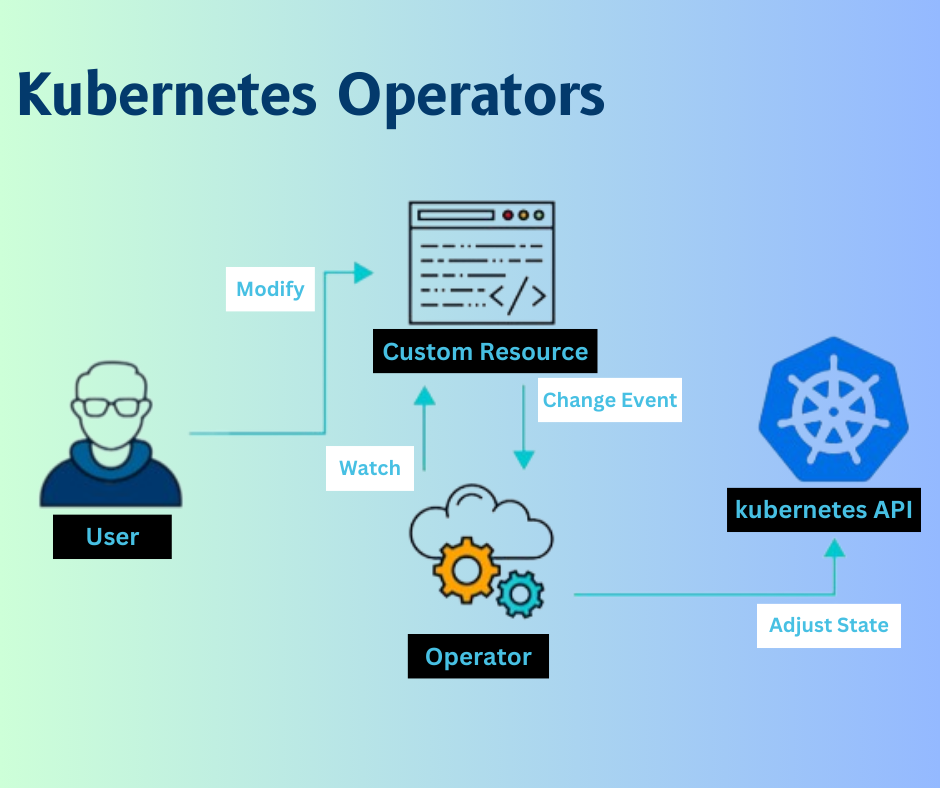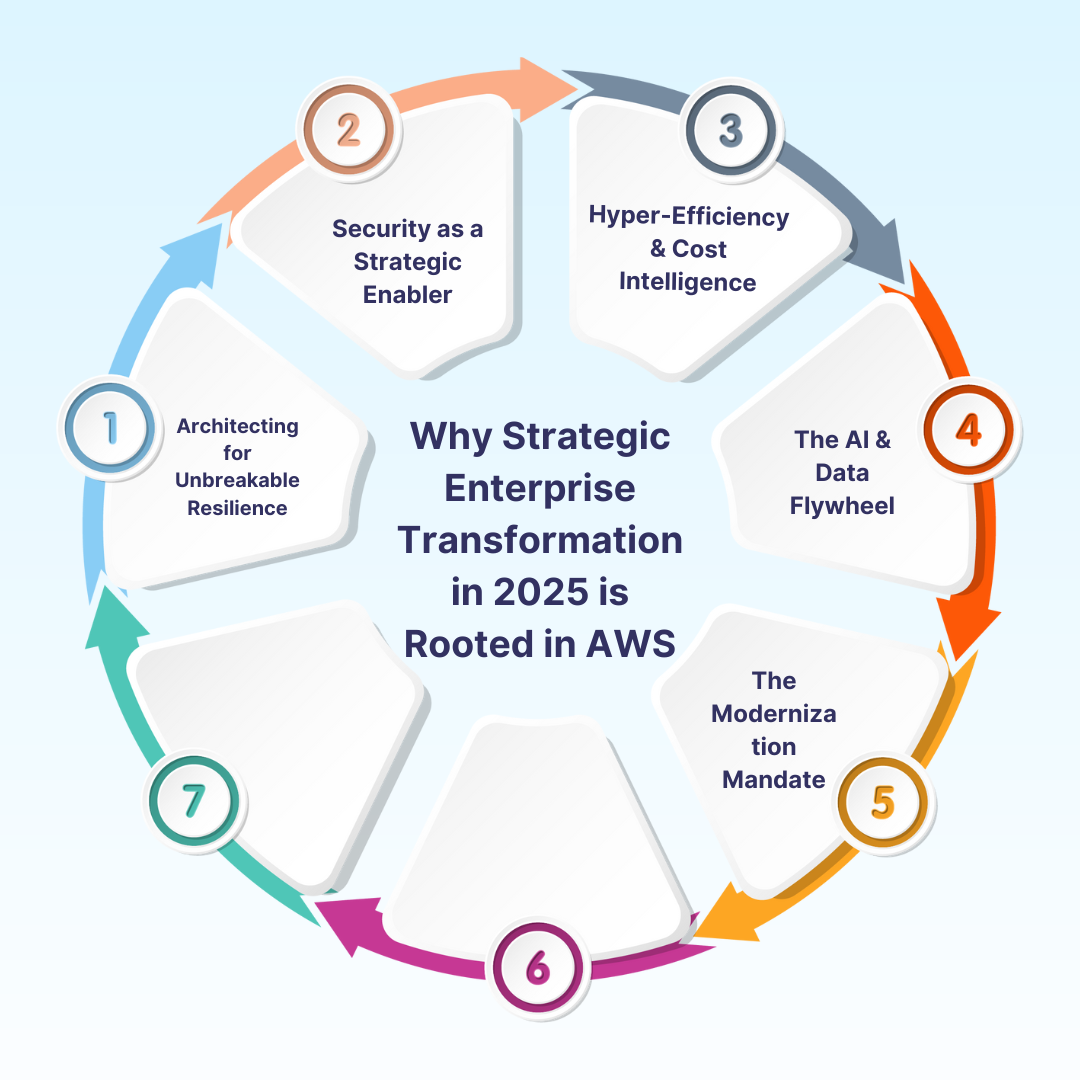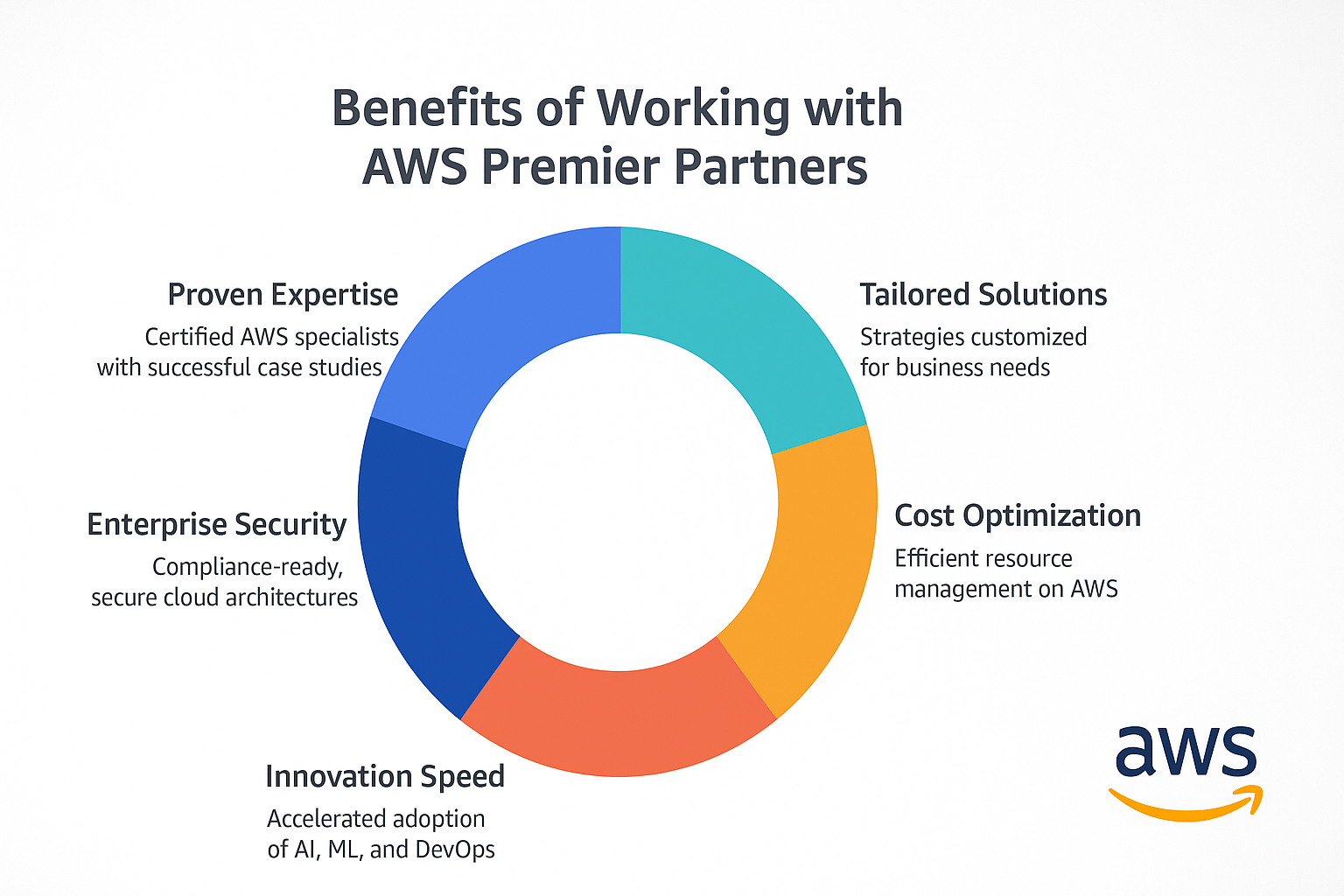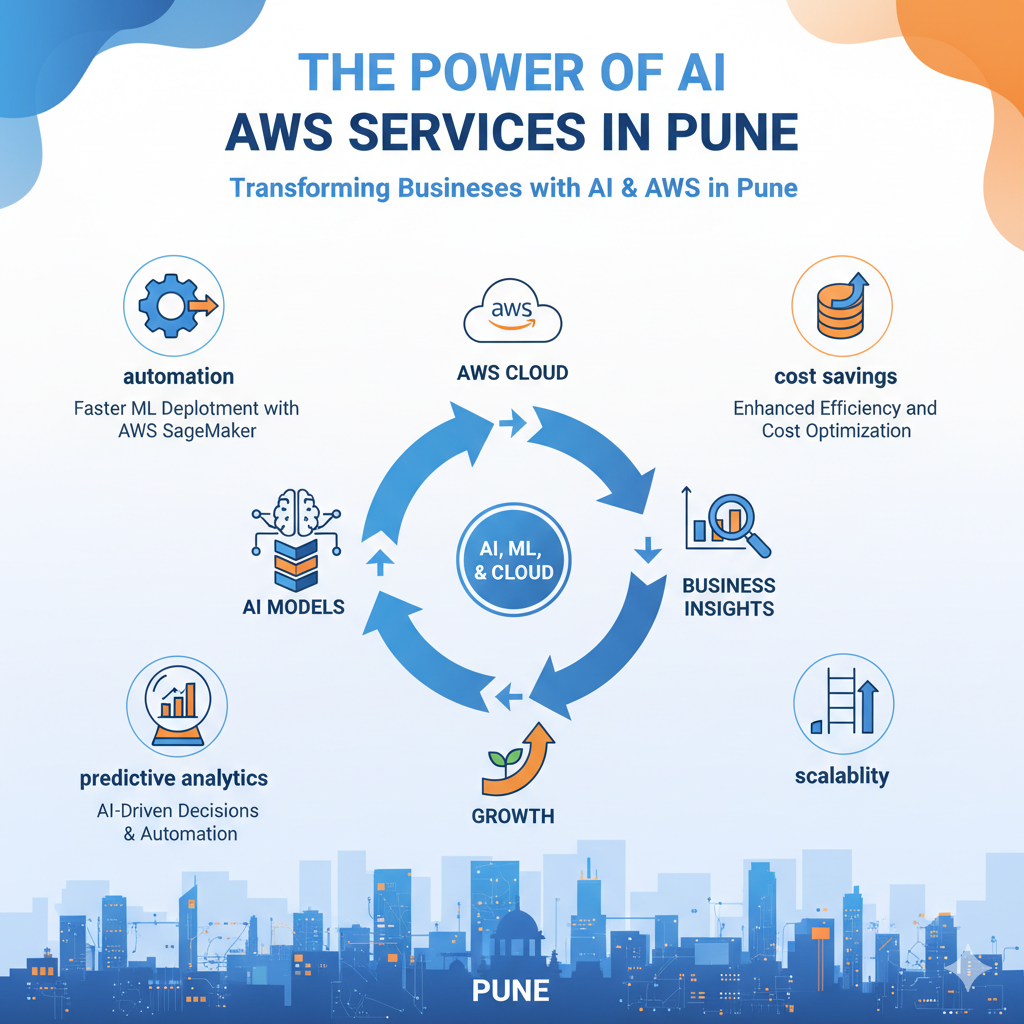Introduction
Kubernetes has become the de facto standard in the dynamic field of container orchestration and management. Deploying and managing apps, however, can get more difficult as they become more complicated. Kubernetes Operators can help in this situation by streamlining complex deployments and guaranteeing smooth operations. We will explore Kubernetes Operators, their importance, and how they streamline the deployment of complex applications in this blog article.
What Are Kubernetes Operators?
The functionality of Kubernetes is extended by Kubernetes Operators, which are custom controllers that simplify difficult application management chores. Operators are a technology developed by CoreOS, which is now a part of Red Hat. They allow the software to handle applications just the way a human operator would. For the creation, development, and management of complex applications, they make use of Kubernetes' native APIs and declarative configurations.
The Significance of Kubernetes Operators
Automation of Complex Processes: Kubernetes Operators are excellent at automating laborious, error-prone processes that were previously performed manually. Complex applications are easier to manage since they handle everything from application deployment and scalability to backup and recovery.
Consistency and Reliability: Kubernetes Operators make sure that every deployment and management action is carried out consistently by codifying operational knowledge. This lowers the possibility of human error and encourages dependability.
Making scaling simple: Demand-based application scaling is a critical component of contemporary infrastructure. By dynamically adapting to changes in resource requirements, operators streamline scaling and guarantee optimal performance without manual intervention.
Self-Healing: Operators keep an eye on the health of the application and can automatically start recovery procedures in the event of problems. This proactive strategy reduces downtime and maintains the efficiency of your applications.
You can add application-specific resources to Kubernetes by using custom resources, which Kubernetes operators can define. Because of its versatility, custom controllers can be made to meet your specific needs.
Use Cases for Kubernetes Operators
Database management: In Kubernetes can be difficult. The installation, scalability, and backup of databases like PostgreSQL, MySQL, and MongoDB are made easier by operators.
The Deployment and lifecycle management: of complicated programs can be automated by operators, making it simpler to manage their dependencies and configurations.
Monitoring and logging: By deploying and configuring monitoring and logging stacks like Prometheus and Elasticsearch, operators can give you insights into the operation and behavior of your application.
Machine Learning Workflows: Operators can automate the deployment and scaling of machine learning workloads for data scientists and machine learning engineers, making the management of AI systems easier.
How to Get Started with Kubernetes Operators
Select the Proper Operator: Determine which Operator best fits your use case. The OperatorHub, a collection of community- and vendor-provided Operators, is where you may locate Operators.
Installation: Apply the Operator's YAML files to your Kubernetes cluster to install it.
Create custom resources: based on the Operator's CRDs to specify the specifications and configurations of your application.
Configure the Operator: to manage and keep an eye on your unique resources.
Monitor and Manage: While keeping an eye on the behavior and performance of the application, let the Operator handle its lifespan.
Conclusion
Choose the Correct Operator:
Choose the Operator that most closely fits your use case. You may find Operators at the OperatorHub, which is a collection of Operators offered by the community and vendors.
Installation:
To install the Operator, add its YAML files to your Kubernetes cluster.
For the sake of describing the specs and configurations of your application, create custom resources based on the CRDs of the Operator.
Set up the Operator to control and monitor your special resources.
Monitor and Manage:
Allow the Operator to manage the application's lifespan while keeping an eye on its performance and behavior.











